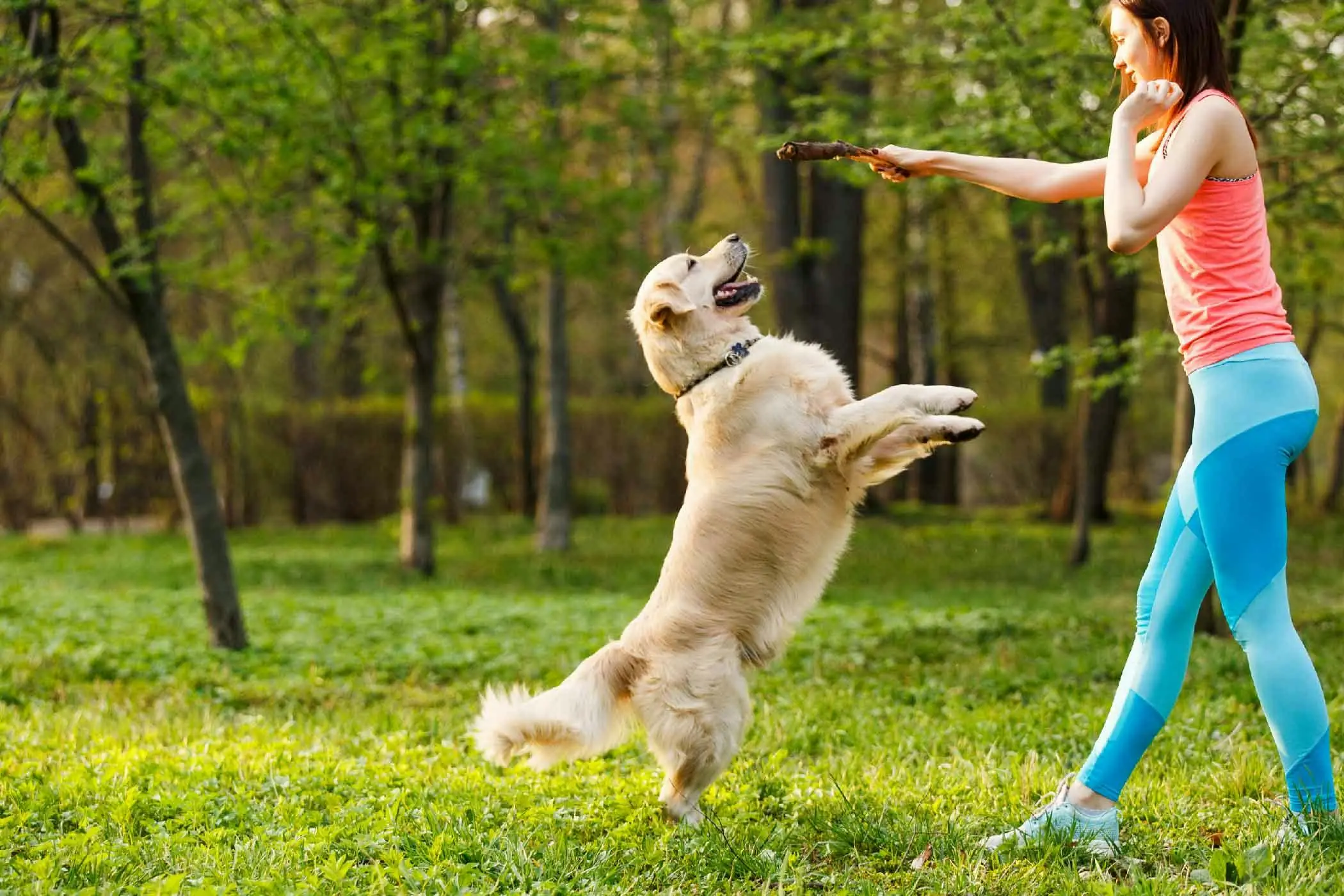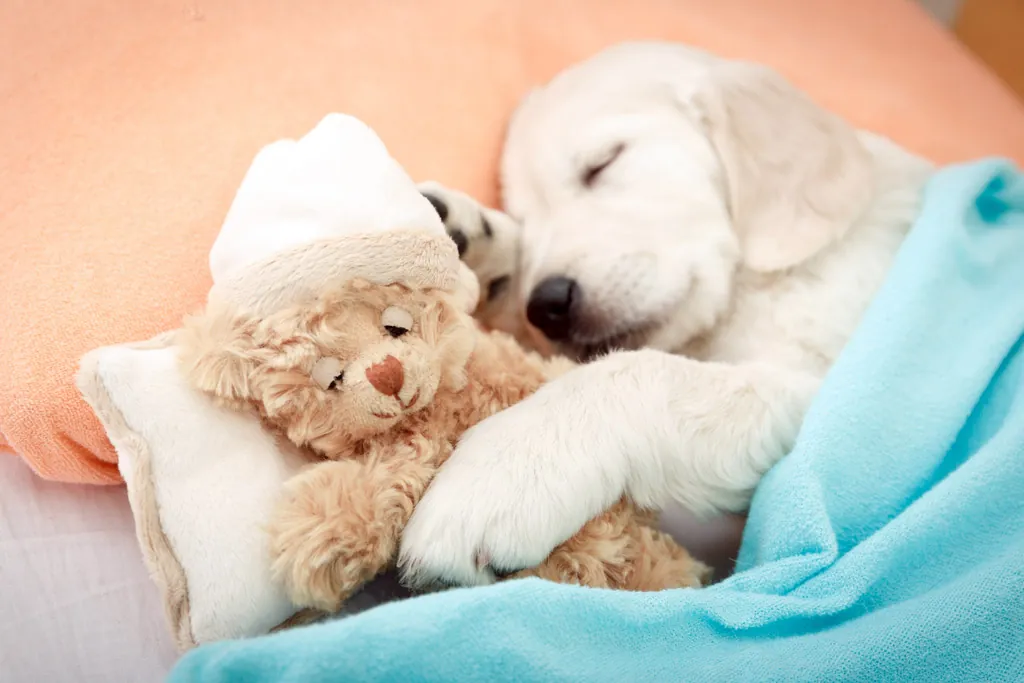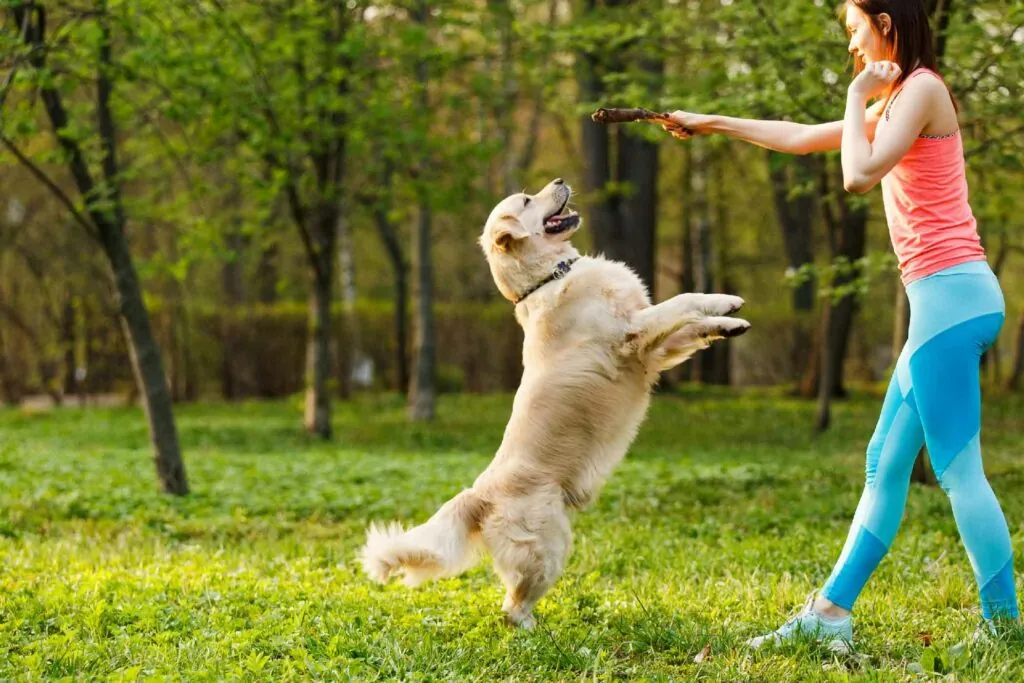No products in the cart.
Blog
Step-by-Step Guide for Training Your New Puppy
Training your new puppy can be an exciting yet challenging journey. This Step-by-Step Guide to Training Your New Puppy aims to assist you in navigating the various steps and techniques essential for successful puppy training. By following this guide, you’ll not only establish a strong bond with your pet but also foster good behavior that will last a lifetime.

Setting the Foundation for Training
Before diving into training techniques, it’s crucial to set a solid foundation. Understanding your puppy’s needs and creating a conducive environment can make all the difference.
>>>Buy now: Womens Sunflower Shih Tzu Mom Dog Lover Mother’s Day Hoodie
Understanding Puppy Behavior
Puppies are naturally curious, playful, and, at times, mischievous. They explore their surroundings as part of learning.
It’s essential to recognize that each puppy has its unique personality. Some may be more timid, while others are bold and adventurous. Understanding these behavioral traits can help you tailor your training approach.
For instance, if your puppy is shy, overwhelming them with too many commands or stimulation might hinder progress. Instead, focus on gradual exposure to experiences while maintaining a calm demeanor. Observing their reactions will guide you in adapting your methods.
Creating a Safe and Positive Environment
A safe space encourages learning.
Designate specific areas in your home where your puppy can roam freely, ensuring these spaces are devoid of hazards. Use baby gates to limit access to certain rooms or areas until your puppy learns boundaries.
Moreover, choose positive reinforcement as your main training method. This involves rewarding desired behaviors with treats, praise, or toys. Positive environments cultivate trust and motivate puppies to learn better as they associate training sessions with enjoyable experiences.

The Importance of Routine
Establishing a routine provides structure and predictability for your puppy.
From feeding times to play sessions, consistency helps instill confidence. Puppies thrive on routines; knowing what to expect reduces anxiety and fosters a sense of security.
Incorporate training moments into your daily routine. Whether it’s leash training during walks or practicing commands during meal times, integrating these practices into your schedule will yield better results.
Basic Commands: A Crucial Starting Point
Teaching basic commands is essential for effective communication with your puppy. These commands create a foundation for advanced training and ensure safety.
Sit: The First Command
The “Sit” command is one of the easiest and most essential commands to teach.
Begin by holding a treat near your puppy’s nose, then move your hand upward. As their head follows the treat, their bottom will lower to the ground. Once your puppy is sitting, say “Sit,” and reward them immediately.
If your puppy jumps up or becomes distracted, remain patient. It may take time for them to grasp the concept. Repeating this exercise consistently throughout the day will reinforce the command, making it second nature for your pet.
Stay: Building Impulse Control
Once your puppy masters “Sit,” the next logical step is teaching “Stay.”
With your puppy in the sitting position, hold your palm out towards them and say “Stay.” Take a few steps back. If they remain seated, return to them and offer praise along with a treat.
This command can be particularly useful in preventing unwanted behavior, such as running toward an open door or a busy street. Start with short distances and gradually increase the challenge as your puppy gains confidence and understanding.

Come: Your Lifesaver Command
The “Come” command can be a lifesaver in emergencies.
Start this training in a confined area with minimal distractions. Call your puppy’s name followed by the command “Come” in an enthusiastic tone. When your puppy approaches, praise them and reward them generously.
To enhance the effectiveness of this command, practice occasionally calling your puppy when they’re preoccupied with play or exploration. Over time, they’ll learn that coming to you is always beneficial and fun.
Down: Teaching Relaxation
The “Down” command teaches your puppy to settle down and relax.
Hold a treat close to your puppy’s nose, then slowly lower it to the ground. As they follow the treat, their body should naturally drop into a lying position. When they do, reward them instantly.
Patience is key here; some puppies may resist lying down at first. Consistent practice and a gentle approach will ultimately lead to success.
Advanced Training Techniques
Once your puppy has mastered the basic commands, you can introduce more advanced training techniques.
Clicker Training
Clicker training is an effective way to communicate with your puppy during training sessions.
The clicker acts as a marker that signifies a job well done. Each time your puppy performs the desired behavior, you click the device and provide a treat. This reinforcement helps them associate the click sound with positive outcomes.
You can incorporate clicker training for various commands and tricks, including rolling over, playing dead, or even fetching objects. It’s essential to keep training sessions brief and engaging, as long periods can lead to boredom.
Socialization Skills
Socialization is a critical aspect of your puppy’s development.
Expose your puppy to different environments, people, and other animals. Allow them to interact in controlled situations, which can mitigate fear and build confidence in diverse settings.
Take your puppy on outings or enroll them in puppy classes where they can meet peers. This exposure prepares them for future experiences, ensuring they grow into well-adjusted adults.

Addressing Behavioral Issues
Behavioral issues often arise during puppyhood, and it’s vital to address these challenges promptly.
Common problems include biting, chewing, barking, and jumping. Identify triggers for these behaviors and work on redirecting them. For example, if your puppy bites during play, yelp loudly to mimic feedback from their littermates, signaling that this behavior is inappropriate.
Additionally, providing plenty of chew toys can prevent destructive chewing. Ensure your puppy has appropriate outlets for energy and curiosity, such as regular exercise and mental stimulation through puzzle toys or interactive games.
>>>Read more: 8 Warning Signs Your Pet Might Be Sick
Leash Training
Leash training is essential for ensuring enjoyable walks and safety.
Begin by introducing your puppy to the leash in a familiar environment. Let them wear the leash without tension while rewarding them for calm behavior.
When walking, encourage your puppy to stay beside you rather than pulling ahead by stopping every time they lunge forward. Eventually, they will learn that walking alongside you leads to a smoother experience, resulting in more freedom to explore.
FAQs
What age should I start training my puppy?
Starting early is beneficial! Generally, beginning training as soon as you bring your puppy home—around 8 weeks old—is ideal. Early socialization and training help shape their behavior positively.
How long should training sessions last?
Short and engaging sessions are best. Aim for 5-10 minutes for young puppies, gradually increasing to 15-20 minutes as they mature and can maintain focus longer.
Is it normal for my puppy to ignore me sometimes?
Absolutely! Puppies are naturally curious, and distractions can easily capture their attention. Keep training sessions fun and rewarding to keep them engaged.
What should I do if my puppy doesn’t respond to commands?
Try making your training sessions more engaging! Use high-value treats, change locations, or reduce distractions. Patience and consistency are key.
How do I know when my puppy is ready for advanced training?
If your puppy consistently obeys basic commands like “Sit” and “Stay,” they’re likely ready for advanced training. Look for signs of confidence and willingness to learn.
Conclusion
Training your new puppy is a rewarding journey, filled with growth and discovery for both you and your furry friend. By following this Step-by-Step Guide to Training Your New Puppy, you can establish a solid foundation for a happy and well-behaved dog. Remember, patience, consistency, and love are the cornerstones of successful training. Embrace the process, enjoy the little victories, and look forward to a lifetime of companionship with your beloved pup!


